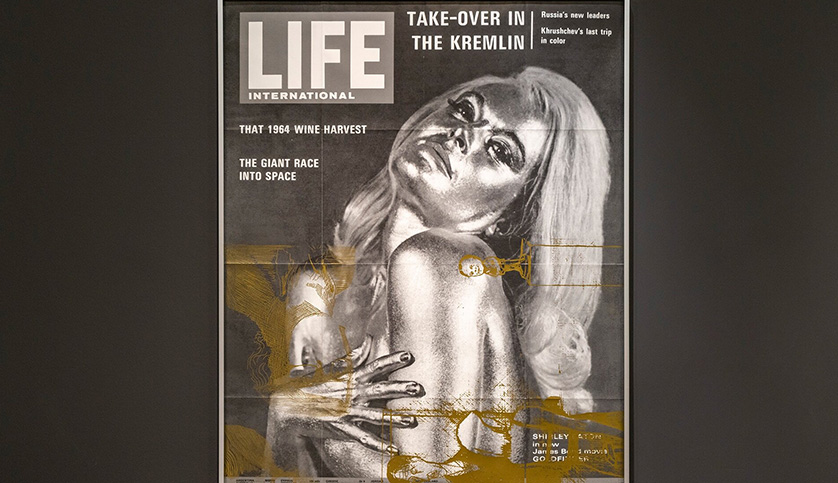In The Well, Metin Erksan, one of the most important figures in Turkish cinema, strengthens his idiosyncratic visual and narrative esthetic and depicts the vengeful struggle of a woman against a boorish man who repeatedly abducts her because she turns down his marriage proposal. Inspired by a newspaper report and written by Erksan, the film focuses on the hierarchy of visuals that is intrinsic to a director’s point of view rather than the dialogue, as it examines violence against women. The narrative strength of The Well comes from its framing of the woman’s point of view, her strife, and the violence she endures.
Category: Architectural Utopias – Cinematic Dystopias

Inspired by the exhibition And Now the Good News, which focusing on the relationship between mass media and art, we prepared horoscope readings based on the chapters of the exhibition. Using the popular astrological language inspired by the effects of the movements of celestial bodies on people, these readings with references to the works in the exhibition make fictional future predictions inspired by the horoscope columns that we read in the newspapers with the desire to receive good news about our day.
Tuesday - Saturday 10:00 - 19:00
Friday 10:00 - 22:00
Sunday 12:00 - 18:00
The museum is closed on Mondays.
On Wednesdays, the students can
visit the museum free of admission.
Full ticket: 300 TL
Discounted: 150 TL
Groups: 200 TL (minimum 10 people)